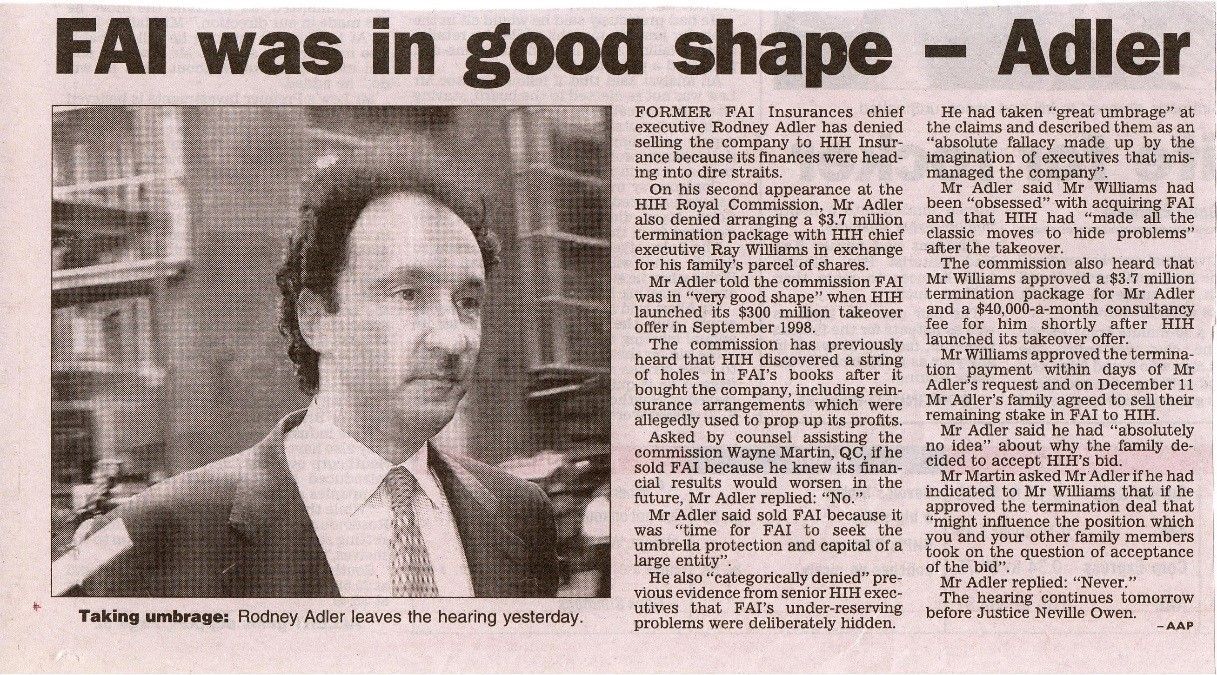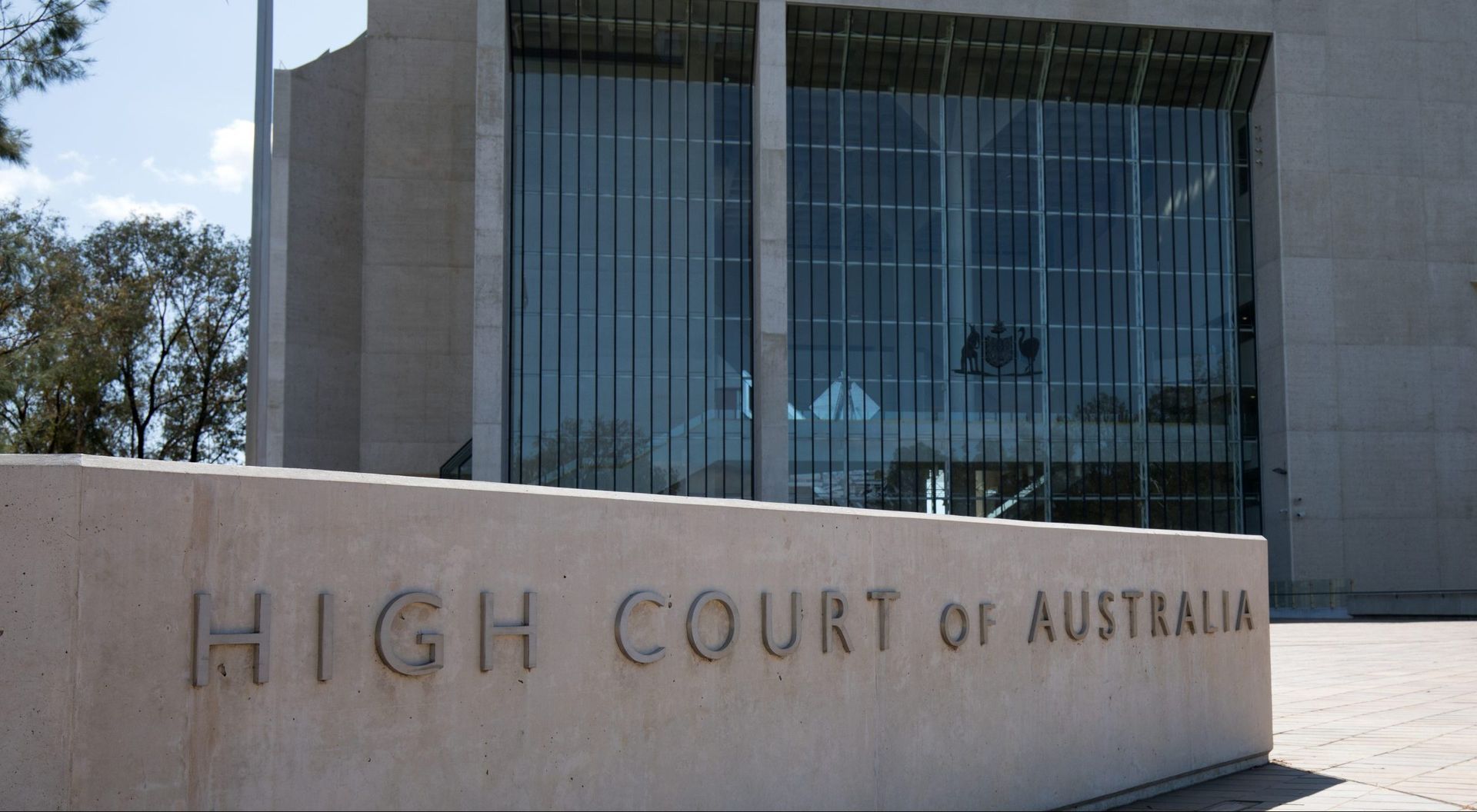Estimating Damages in Shareholder Class Actions
Directors’ breach of ASX listing rules on continuous disclosure
The obligations on directors to keep the market fully and accurately informed on a timely basis, directors attempting to positively influence the company’s listed price, the courts acceptance of litigation funding, and increasing vigilance by shareholders and plaintiff law firms in respect of directors’ disclosures have all contributed to the rise of shareholder class actions in Australia.
This area of litigation is still within its infancy compared to practice in the US and Australian courts have been exposed to US based finance expertise to opine on issues relevant to damages. As long as plaintiffs continue to instruct US experts, defendants will continue to feel pressure to fight fire with fire, so to speak. Australian case law in the area of shareholder class actions goes back to 1999 where shareholders sued GIO in respect of AMP’s bid to acquire its shares, yet we still do not have any Australian precedent on how damages should be calculated. This paper focuses on how damages is estimated using a US based methodology.
There are three key ingredients that impact the estimate of damages in a ‘fraud on the market’ style class action (eg where a director fails to disclose or falsely discloses information to the market):
- Class period
- Inflated price per share
- Number of damaged shares
Before addressing each of these ingredients, it would appear that Australian courts are prepared to accept the rebuttable presumption of the
efficient market hypothesis to establish reliance. This means that individual plaintiffs do not need to prove they specifically relied on the company’s fraudulent announcement – rather it is presumed that they made their investment decisions based on the prevailing share price set by the market on the assumption that it accurately reflected all publicly available information. The considerations around the rebuttable presumption of the efficient market hypothesis is not the subject of this paper.
1. The class period
The class period is the date range between the ‘fraudulent’ announcement (ie inaccurate disclosure) and the ‘cleansing’ announcement (ie accurate disclosure). This could be limited to a few days or extend to a longer period, typically over a one or two months. In some matters, it may be straightforward to identify the relevant dates of the class period but this issue may consists of shades of grey as the accurate disclosure may actually take place over a series of disclosures made over several days.
2. Inflated price per share
As a valuer, this is perhaps the most interesting and contentious issue in respect of estimating damages. Share prices in a regulated market do not necessarily reflect true value. Valuers tend to view true value as the present value of the future cash flows attributable to an asset. However, the observable reality is that share prices of listed companies reflect all publicly available information – therefore each piece of new information, in theory, has an impact on the share price which is determined by the market. In this regard there is often a disconnect between what a valuer may believe is the true value and a market price, particularly where daily share prices for a listed company are highly volatile despite very little change in the fundamental future earning potential.
The inflated price per share represents the difference between the true value of the share and the actual price of the share over the class period. US finance experts tend to derive the true price of the share adjusting the actual price for the price impact of the false information. This can be done in a few different ways, but the most sophisticated way is to do an event study on all new pieces of information about the subject company and uses econometric modelling to determining the true value.
3. Number of damaged shares
Once the inflated price per share is determined, this needs to be multiplied by the total number of damaged shares to arrive at the total damages claim. Assuming the efficient market hypothesis applies to establish reliance, then the number of damaged shares represents all those shareholders who bought shares during the class period and retained ownership of them at the end of the class period. Investors who bought shares before the class period and sold them during the class period are not damaged shares as to are shares bought and sold during the class period.
Difficulties can arise where there are active investors who trade regularly in the subject company shares and assumptions have to be made as to which parcels of shares are damaged.
Conclusion
In Australia, any calculation of damages which quantifies the losses suffered by the class of plaintiffs as a result of alleged breaches of ASX listing rules relating to the continuous disclosure regime can only be an estimate. This is because all major shareholder class action litigation in Australia have been concluded with court approved settlements before judgment. Until we obtain a precedent, expertise in the fields of valuation, economics and finance as well as accounting will probably be needed to assist in how claims are prepared and presented in Australian courts. There are many interested stakeholders watching this space, anticipating the direction the courts will accept.
Leave a Comment:
SEARCH ARTICLE:
RECENT ARTICLE:



Acuity Forensic
High-quality forensic accounting and valuation expertise for fair and sensible financial resolutions.
All Rights Reserved | Acuity Forensic ABN: 68 612 783 712
Liability Limited by a scheme approved by the Professional Standards Legislation








